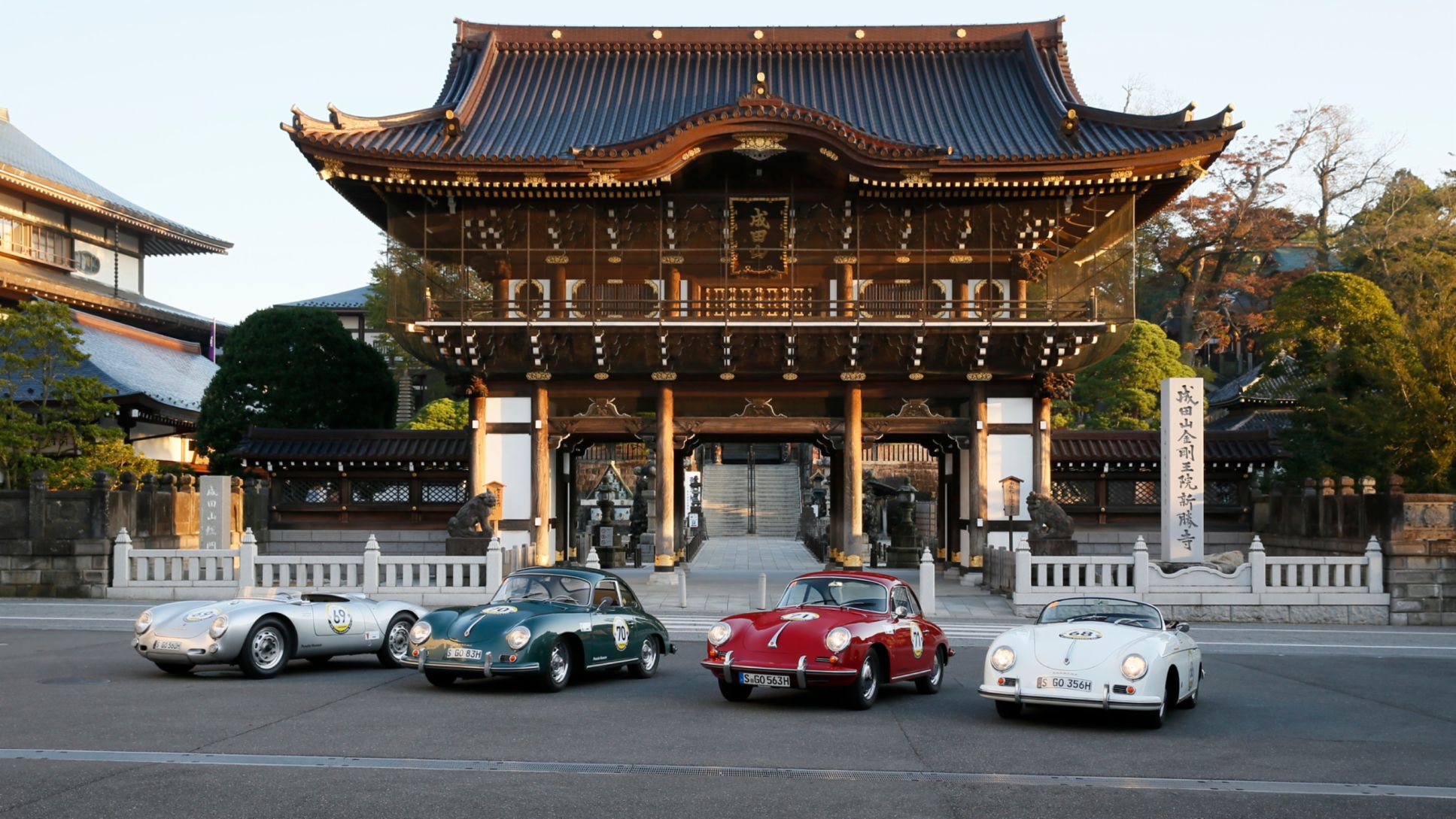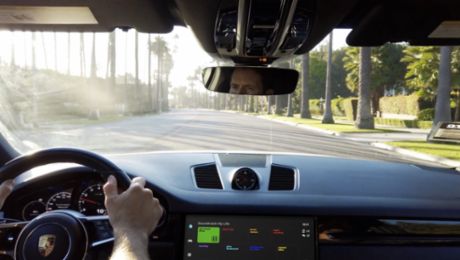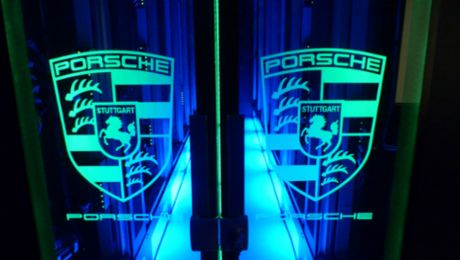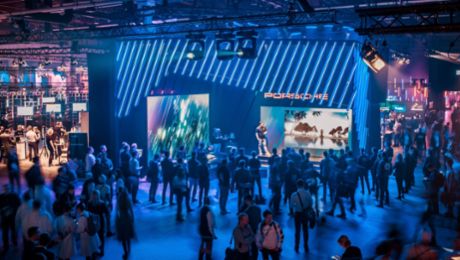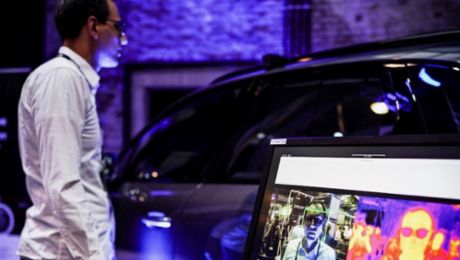Japan. Land of age-old traditions — and an energetic anime pop culture. Home to international tech giants such as Sony and Nintendo — and the country that gave us Takeshi’s Castle. Fifty percent of the world’s industrial robots come from Japan. A country where senior citizens program apps, and even Apple is taking notice.
With a population of over 37.5 million, Greater Tokyo is three times the size of Berlin — and not even half as noisy thanks to the number of hybrid vehicles. Toyota was the world’s first carmaker to mass produce hybrid vehicles, putting 4.9 million cars onto Japanese roads alone. Smartphones are such a feature of daily life here that Japanese are reluctant to do without them even when taking a shower. On the other hand, train tickets are still printed on paper and seat reservations are often made at the ticket counter.
During my two-week journey across Japan, I discovered “Nippon” — as the country is known in Japanese — to be a land of opposites.
A continuous mix of digital and analog
At the same time, there is nothing contradictory about this juxtaposition of old and new, fast and slow, digital and analog — rather it feels like an entirely natural development, a permanent beta status. Japan seems to have found a wonderful way of combining opposite poles.
"The debate in Germany on digitization and new technologies is often accompanied and even defined by the fear of change." Mahdi Manesh
That started me thinking: The debate in Germany on digitization and new technologies is often accompanied and even defined by the fear of change. The fear that old values will be swept aside by new ones and traditional cherished practices will be lost.
Japanese society has shown me that advanced development and progress need not necessarily involve radical changes to every aspect of our everyday lives. Why else would people in Japan continue to reserve train seats at the ticket counter? Nor do such analog processes seem like relics from a bygone age, when you consider the number of high-tech Japanese machines that now fill our world. In Japan, for example, the humble drinks dispenser has evolved into a talking interactive experience.
Such everyday observations set in motion a thought process that continues even after my return. Which is why I would very much like to share with you five key insights and reflections:
1. Never change a running system
Information systems clearly have to fulfill a defined purpose. If an existing analog process is effective and efficient, why would we digitize it? I’m not saying we shouldn’t examine all systems and look for new solutions — it’s just that sometimes the outcome may be that everything was fine the way it was.
2. Machines are not humans — nor should they be
Machines are everywhere in Japan — fulfilling all sorts of forms and functions. From drones and maintenance robots, to the world’s best massage chairs and vending machines that can talk — very few of them look even remotely human. And yet, people in Japan are entirely comfortable with these machines and enjoy interacting with them. Ultimately, acceptance is perhaps less a question of design, more one of functionality and the culture that influences the way we deal and interact with technology in everyday life.
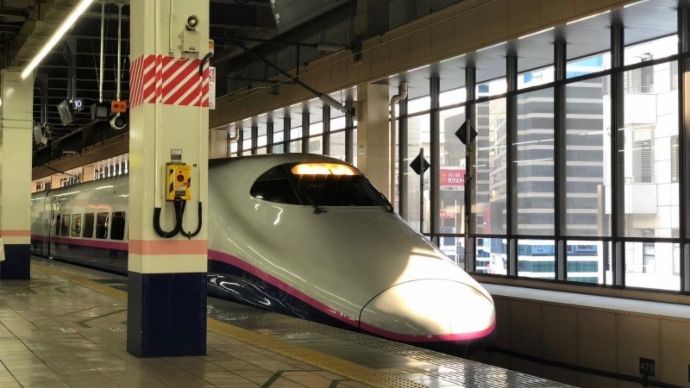
3. Intelligent everyday applications make it easier to handle change
Smart technologies are already making everyday life easier in Japanese homes and at the workplace — a fact that can be seen in a range of barely perceptible applications, such as the automatic opening and closing of taxi doors. The right combination of modern hardware and smart software can also help to make living in a hectic metropolis like Tokyo a little bit simpler. Perhaps it is precisely these small-scale benefits of automation and digitization that enable us to deal better with change?
4. Progress and tradition in perfect harmony
More than any other holiday, my trip to Japan showed me how progress and tradition go hand in hand as part of the same continuum. I know the concept all too well from my work at the Porsche Digital Lab — where we shaped the words #NextLevelGermanEngineering. Ultimately this is exactly what we meant: the lengthy tradition of German engineering combined with innovation and tomorrow’s technologies.
But I think in too many areas we fail to embrace or fully understand this approach in our country. More often we succumb to the (German) fear that one will replace the other. Japan seems to have no problem combining ancient temples and tea ceremonies with hybrid cars and interactive machines — and from what I see it all works perfectly. I would love to integrate this mindset more fully and allow it to influence my work and daily routines.
5. Sort out your own mess!
In the spirit of Friedrich August III, one thing impressed me in Japan above all: the streets of Tokyo are spotless — despite the absence of waste bins. The reason for this is simple. People in Japan are very conscious of waste and environmental pollution. Dealing with it is therefore an individual matter. So the city’s residents take their rubbish home with them and dispose of it there. This has to be something we can learn from.
It’s tempting to look at the correlation between the number of public waste containers and rubbish on the streets… but joking aside: in Japan there is general acceptance of the idea that supposedly optimized processes can be revisited and surprising new solutions are developed. But this example from everyday life shows all the more clearly just what an inspiring influence a constraint (in this case: a shortage of space) can have on problem-solving.
Of course, these observations are also just snapshots — yet they have left a lasting impression on me. It would be great to chat and find out whether you have returned from a trip to Japan with similar experiences?
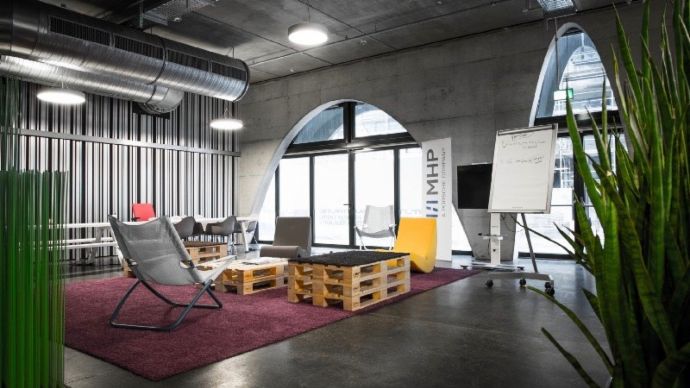
And for those who get homesick at the thought of such far-away cultures, may I recommend the Porsche Digital Lab blog on Medium — here you can see what my colleagues were up to while I was on holiday.
